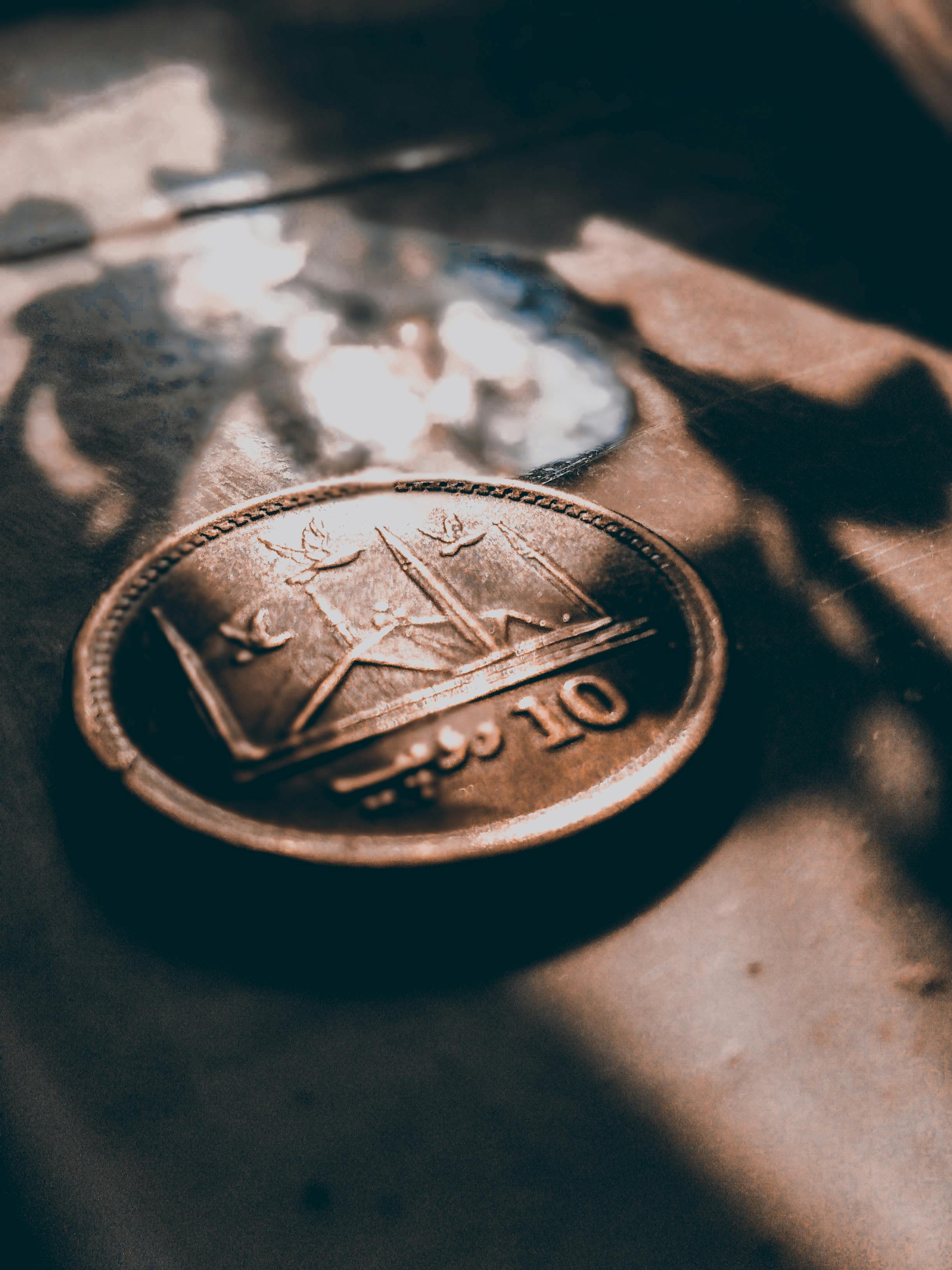From pre-colonial aboriginal rites to Catholic https://www.pinterest.com/zoosk/online-dating-advice/, Chinese, and Muslim traditions, Philippine bride custom is a lovely fusion of native and foreign influences. However, despite having a variety of causes, love and commitment are the central themes in all Filipino wedding ceremonies.
A standard Filipino wedding, such as the pamanhikan, in which the groom’s family pays the bride a visit to fully ask for her hand in marriage, was an extravaganza of folk rituals long before Spain colonized the Philippines. A babaylan do love the couple on the first day while holding their joined hands over a plate of wheat. The pair then went back to their grove and enjoyed a delicious meal there until the next morning.
The majority of households in the Philippines still practice pamanhikan traditions today, but they do so with a more contemporary flair. To the babaylan’s home filipino cupid review, the bride and groom properly remain led on individual festivities while frequently toting meal or flower gifts. The few did then kiss and hug each other as the babaylan did beg over the corn disk.

The newlyweds will normally get a kalamay rain from their guests during the reception( a disk of sticky wheat cakes ). The grain serves as a reminder of their commitment to remain united throughout their marriage. Additionally, it serves as a means of expressing gratitude to their loved ones and friends for their assistance with the wedding ceremonies.
The newlyweds will then dance during the money dance, also known as” the dollar dance.” The bride and groom’s friends and family gather in sherengas during this time to waltz with them while having payments pinned or taped to their attire. The sum of income raised represents their blessings and best wishes for the brides.
